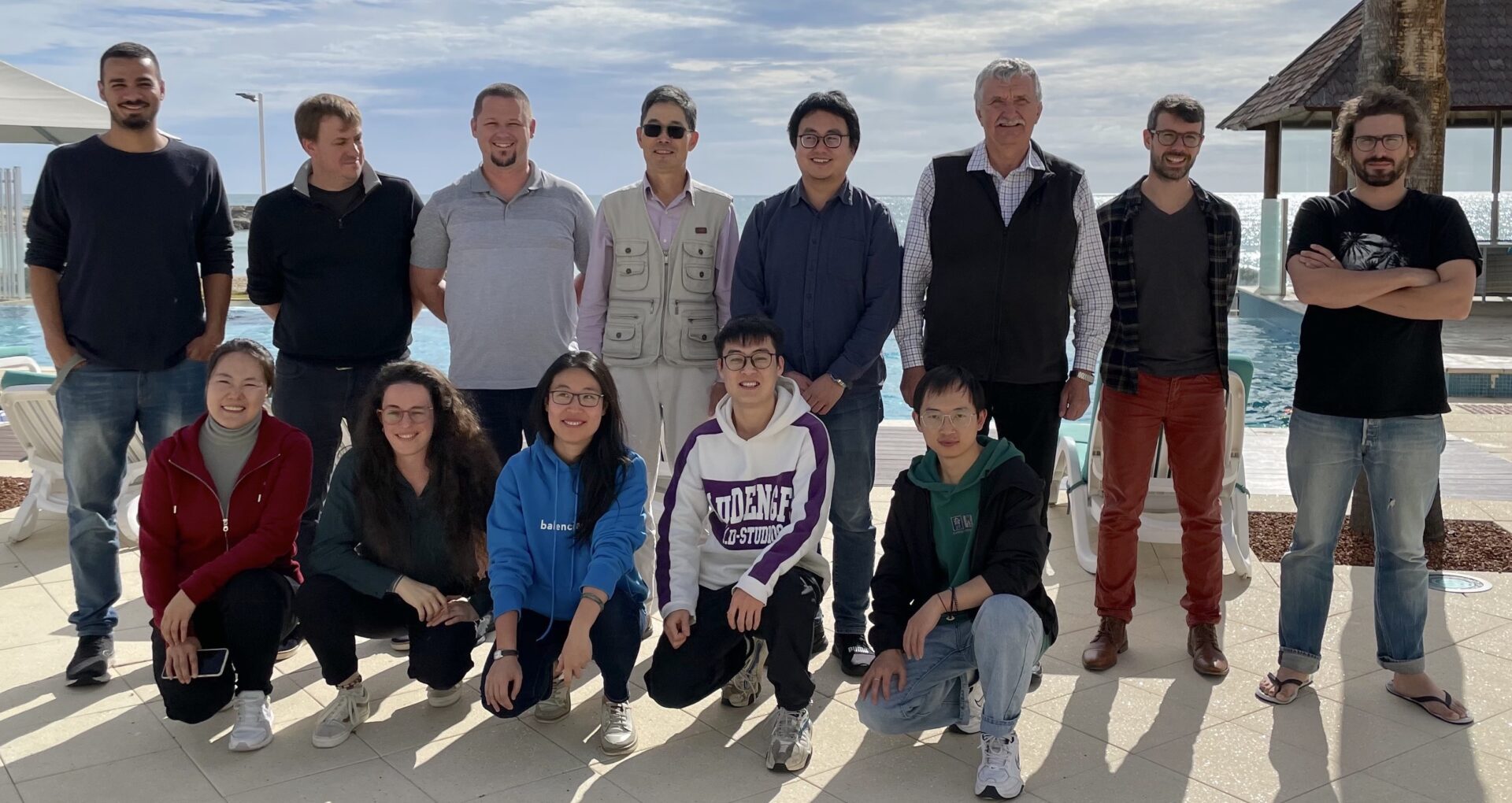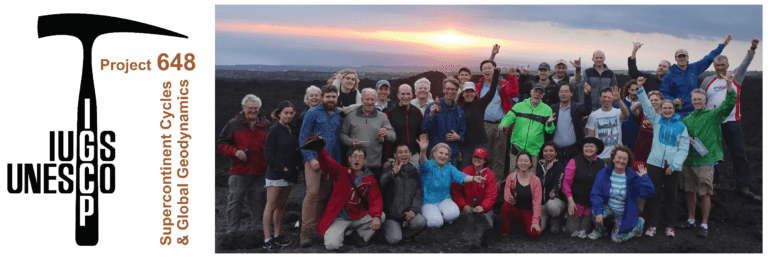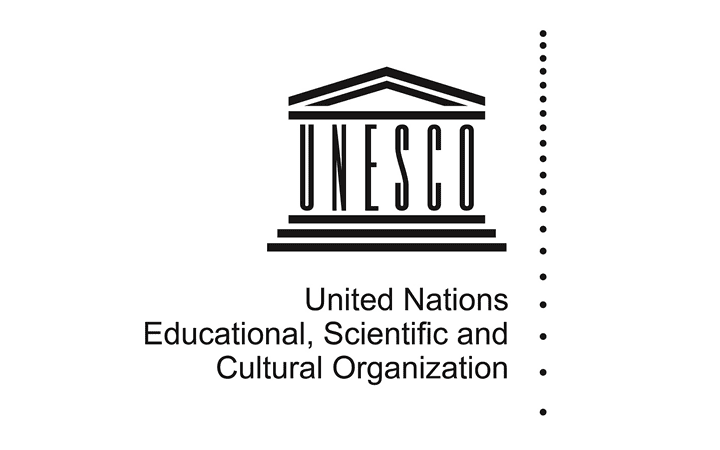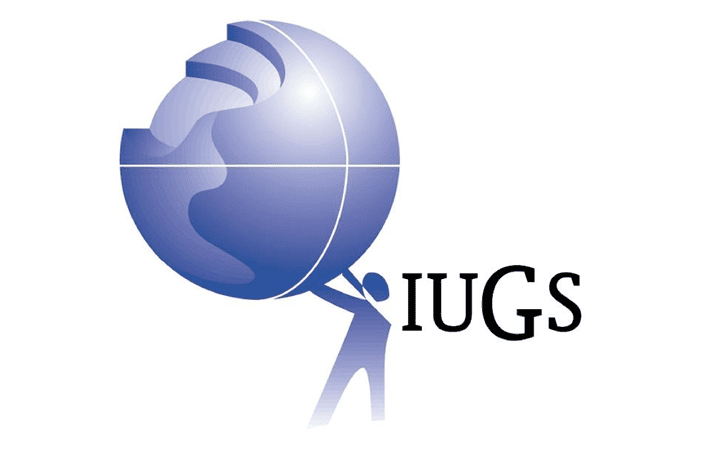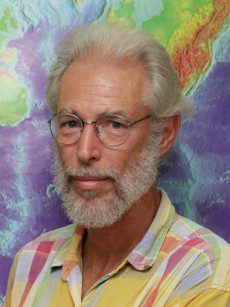Research Highlights
Machine learning approaches elucidate hemispherical dichotomy in global geochemical record
Members of the EDRG have applied machine learning approaches to analyse large sets of elemental and isotopic data of mantle-derived oceanic igneous rocks and plume-related samples. The results indicate that a north-south hemispherical subdivision is less favourable than defining the dichotomy between the African and Pacific mantle domains, which can best be explained by tectonic supercycles over the past one billion years involving two supercontinents and two superoceans.
The work had been published in Nature Geoscience.

Global mantle structure highlighting the two LLSVPs.
Anomalies in global mantle isotope values linked to the supercontinent-superocean cycle
Research undertaken by EDRG PhD student Piero de Sampaio has shown that trends in radiogenic isotope data of mid-ocean ridge and plume-induced basalts, particularly those of the African mantle domain, can be linked to geodynamic processes related to the supercontinent cycle.
The work, published in Nature's Communications earth & environment, is the first arising from Piero's PhD work. Congratulations Piero!

Present-day spatial distribution of ophiolites of the African mantle domain from which samples were used and colour-coded for age. From: Global mantle isotopic anomalies linked to supercontinent-superocean evolution for the past 700 million years
News
-
2024 EDRG Annual Science Retreat
The Earth Dynamics Research Group held the 2024 Annual Science Retreat in Bunbury, on the scenic south-west coast of Western Australia.
-
Prof. Li named a fellow of the Australian Academy of Science
Professor Zheng-Xiang Li, Head of the EDRG, has received the outstanding honour of being named as a Fellow of the Australian Academy of Science.
Congratulations Prof. Li! -
Dr Doucet taking a leading role in the EDRG
With some recent changes to the organisational structure within the school of Earth and Planetary Sciences, we are happy to announce that Dr Luc Doucet is taking up a leadership position within the Earth Dynamics Research Group.
Congratulation Luc! -
EDRG Fieldtrip to Pilbara region to study some of the oldest rocks in Australia
A team of Earth Dynamics Research Group scienctists travelled to the Pilbara region to sample some of Australia's oldest rocks in order to constrain the paleogeographic evolution of the Pilbara during the Paleoarchean (3.2 - 3.6 billion years ago).
-
6th International Archean Symposium and ACTER social event
The Australia-China Joint Research Centre for Tectonics and Earth Resources (ACTER) held a social lunch following the International Archean Symposium held in Fremantle, Western Australia. It was a pleasure to reinvigorate the partnerships and develop new connections.
Twitter: @EarthDynamicsRG
YouTube: Earth Dynamics Research Group
Important upcoming events
Community Feature Article
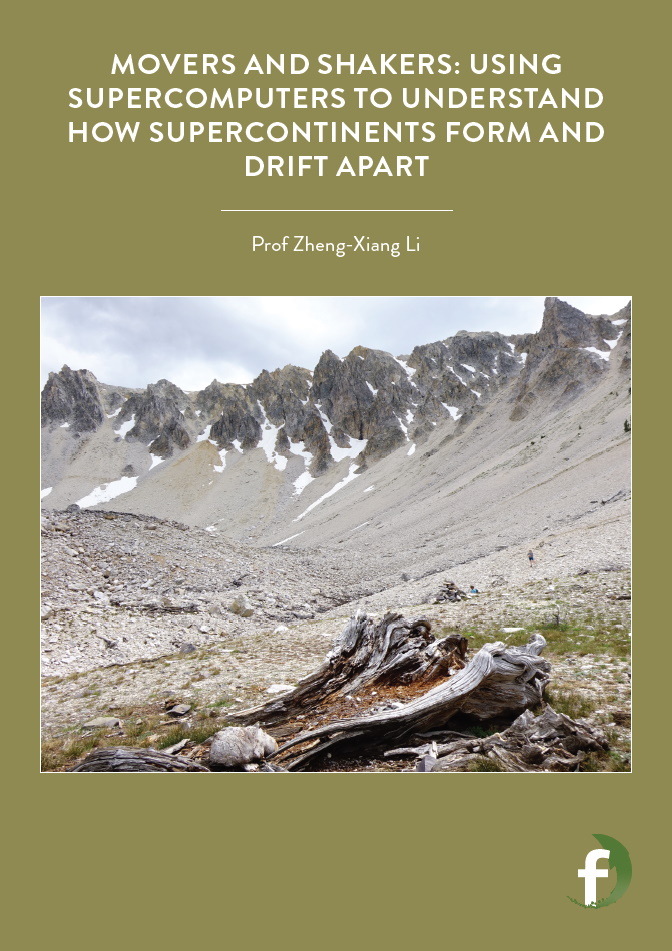
Prof. Li was recently featured in an article discussing the work that we do in the Earth Dynamics Research Group. The article was produced by Futurum, a magazine and online platform aimed at inspiring young people to follow a career in science, technology, engineering, and mathematics (STEM).
The article also includes a link to an activity sheet for students and teachers. For more information, teaching resources, and course and career guides, see www.futurumcareers.com.

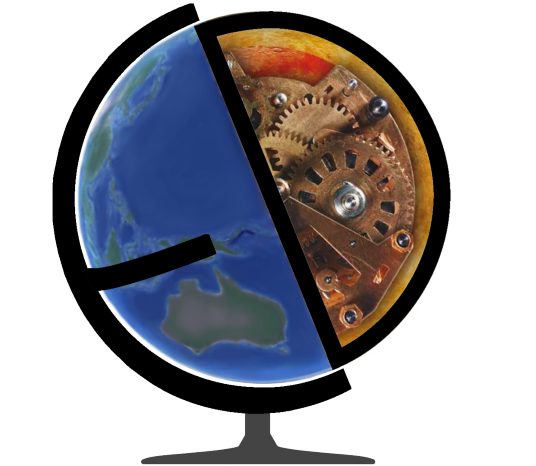 Earth Dynamics Research Group
Earth Dynamics Research Group